What is RTV Silicone?
RTV silicone is a type of silicone rubber that instantly cures when installed at room temperature. RTV silicone has high flexibility, durability, and excellent water-resistance properties. Since RTV silicone offers a fast curing time at standard room temperature, it is commonly used as a sealant or adhesive. RTV silicone is used in several home improvement procedures, DIY projects, and industrial applications.
RTV silicone provides excellent adhesive and water-resistance capabilities. Due to its water-resistant properties, it is a sealant in water-prone areas such as bathtubs and kitchens. RTV silicone offers high resistance to temperature changes, making it suitable for sealing automotive components. Other common uses of RTV silicone include mold-making, gasket-making, and electrical insulators.
What Does RTV Stand For?
RTV simply means Room Temperature Vulcanising. RTV silicone sealant has a fast curing time when exposed to air. It is one of the 4 common types of silicone rubber. The 3 other types of silicone rubber are HTV (high-temperature vulcanization), HCR (high-concentration rubber), and LSR (liquid silicone rubber).
What are the Application Areas of RTV Silicone?
RTV silicone is a versatile material that finds application in different areas, including domestic and industrial usage.
Here are 5 applications of RTV Silicone:
Sealing Gaps and Cracks:
RTV silicone is used to seal gaps, joints, and seams in buildings. It creates a waterproof seal that helps maintain the building’s structural integrity.
Bond a Variety of Materials:
RTV silicone sealant bonds with several materials, such as plastics, ceramics, wood, and metal. RTV silicone adhesives are applied around windows to block gaps and repel water.
Mold Making:
RTV silicone is used to secure objects in a mold box due to its rubber-like properties. It helps the material retain its molded shape after removing the cast item. RTV silicon transforms into a rubber consistency, making pouring around objects easily during mold making.
Encapsulation:
RTV silicone encapsulates electronic components, securing connections and wires. It is also used as an insulator to protect electrical components from current leakages and high-temperature changes.
Gasket Making:
RTV silicone rubber is commonly used in making gasket compounds. It cures instantly to help prevent leakage in mechanical assemblies. RTV is used in gasket making because it withstands mechanical stress. RTV silicone gasket maker is used to fix high-temperature equipment such as oven doors, automobile components, etc.
What is The Difference Between RTV and Silicone
The major difference between RTV and silicone is the curing process and chemical composition. RTV is simply a material that cures at standard room temperature. RTV silicone is a subset of silicone materials that dries at room temperature without adding additional heat. RTV is commonly used as a sealant and adhesive.
On the other hand, silicones are synthetic polymers made up of alternating atoms of silicon and oxygen combined with carbon and hydrogen. Silicones offer a variety of characteristics that make them suitable for domestic and industrial applications. Generally, silicone has a longer curing time and may require heat to cure.
What Are The Pros & Cons of RTV Silicone?
RTV silicone offers several benefits to homeowners, professional contractors, and automotive mechanics. Nevertheless, it has a few limitations.
Pros of RTV Silicone
- Easy to Use: RTV silicone's fast curing process makes it easy and convenient. It is a one-step formula product and does not require extra mixing before application.
- Versatile: RTV silicone is used in various areas, such as home improvements, electrical encapsulation, and mold making.
- Durable: RTV silicone is durable and long-lasting. They can withstand extreme weather changes, UV rays, and shrinking for a long time. RTV silicone high temp can withstand extreme temperature changes.
- Water and Weather Resistant: RTV silicone provides excellent resistance to water. It is suitable for sealing moisture-prone areas in kitchens, tubs, sinks, and faucets. It is also applied around windshields and door seams to prevent leaks.
- Aesthetics: RTV silicone is one of the few home improvement products available in several colors. Clear RTV silicone sealant is aesthetically pleasing and blends easily with existing color schemes such as tile, porcelain, rubber, etc.
- Electrical Insulator: RTV possesses excellent resistance to extreme temperature and moisture, making it a good electrical insulator. It protects electrical components by preventing current leaks, short circuits, and environmental damage.
Cons of The RTV Silicone
- Cost: RTV silicone is a high-performance product with significant flexibility and durability. Thus, it is expensive when compared to other sealants and adhesives.
- Surface Sensitivity: RTV is sensitive to surfaces; it requires a dry and clean surface to adhere effectively. Cleaning the surface to be sealed increases application time. Preparing the area to be applied at least 24 hours before applying RTV is important.
- Shelf Life: RTV silicone has a short shelf life after it has been opened. It usually has a shelf life of approximately 12 months. To maximize the shelf life of RTV silicone, store it in a cool, dry room away from direct sunlight.
- Can Attract Dirt: RTV silicones attract dirt easily. They also offer poor tear resistance, tensile strength, and cohesive strength.
- Difficult to Remove: RTV silicone forms a strong bond with a surface, which makes it difficult to remove after curing.
FAQs
What Is Clear RTV Silicone Used For?
Clear RTV silicone is a general-purpose sealant used in a wide range of sealing and bonding jobs. It is barely visible and blends well with different color schemes.
What Is Black RTV Silicone Used For?
Black RTV silicone is suitable for both outdoor and indoor applications. They are commonly used for automotive components, gasket making, and marine applications.
Where Not To Use RTV Silicone?
RTV silicone should not be exposed directly to gasoline. It is also not paintable and should not be used on paintable surfaces.
Author : Krakenbond Team


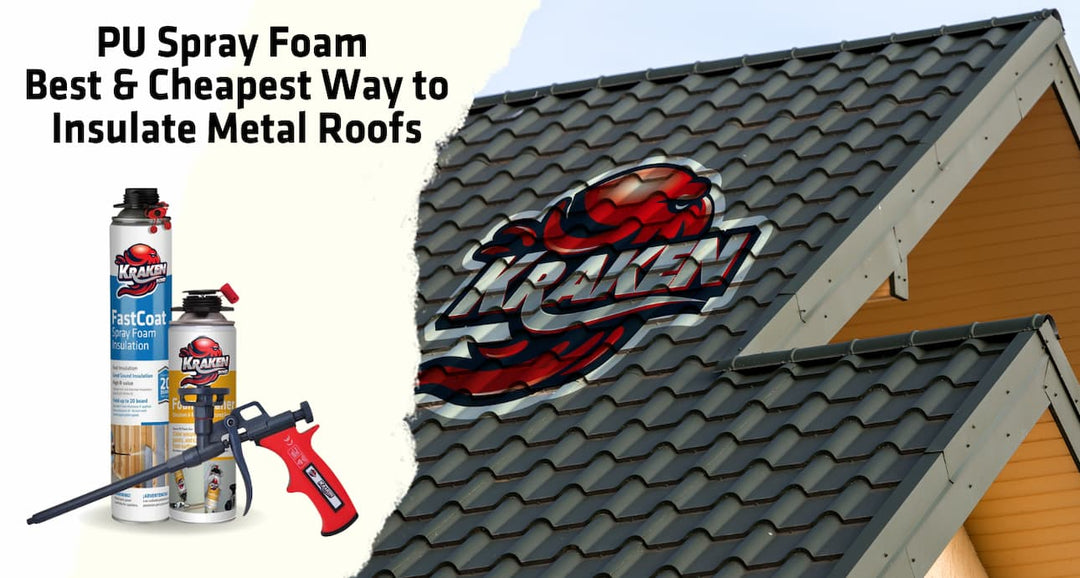

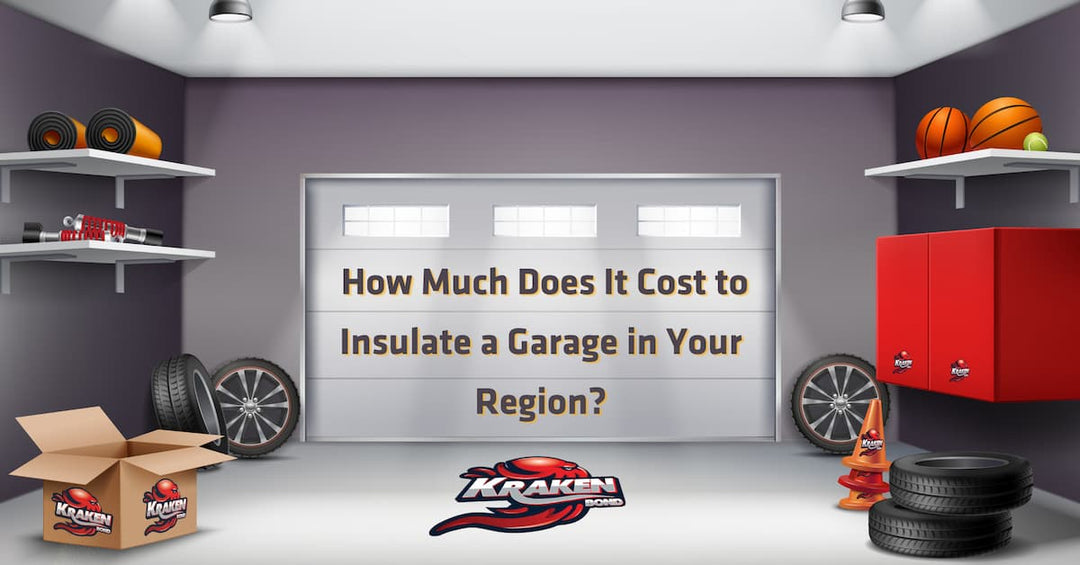
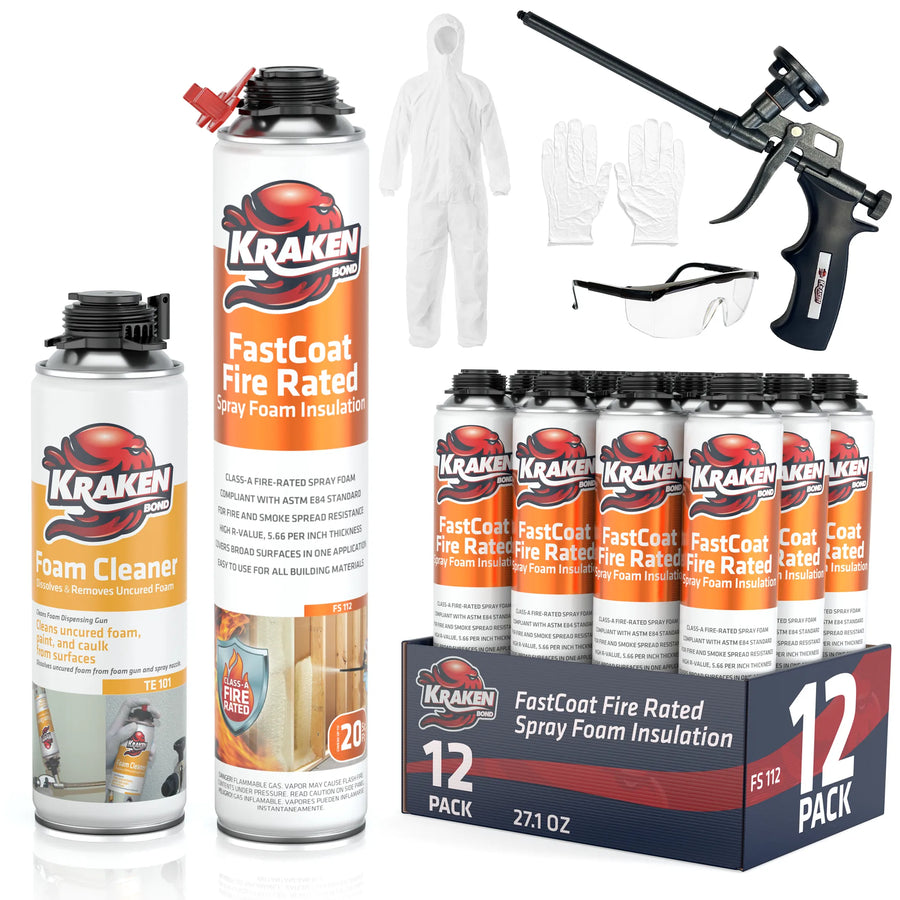








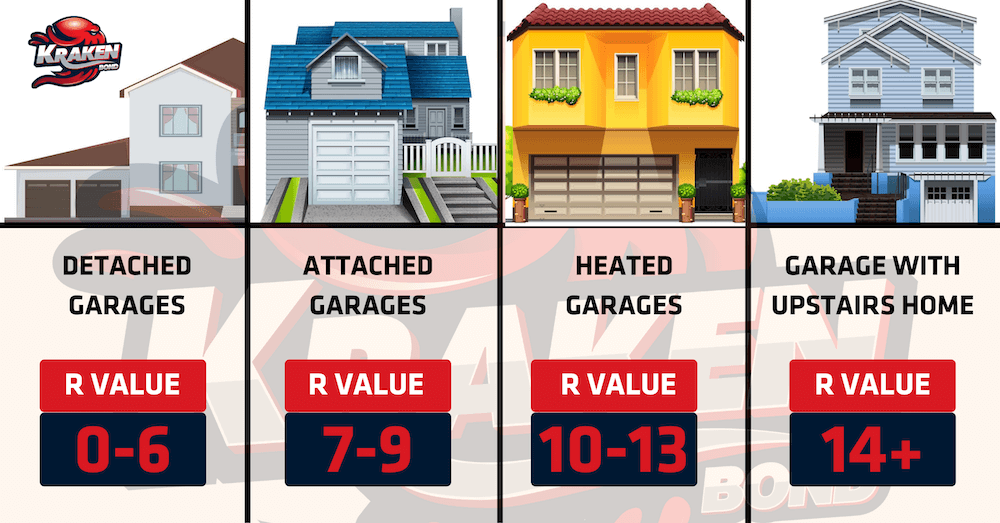

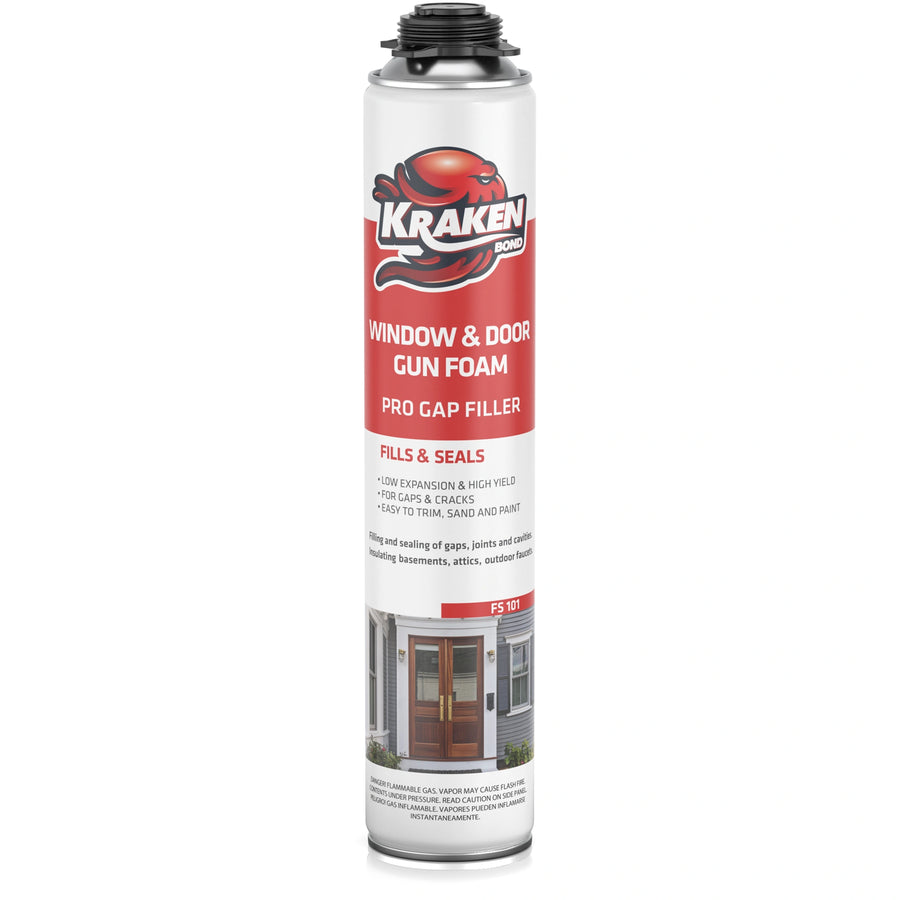
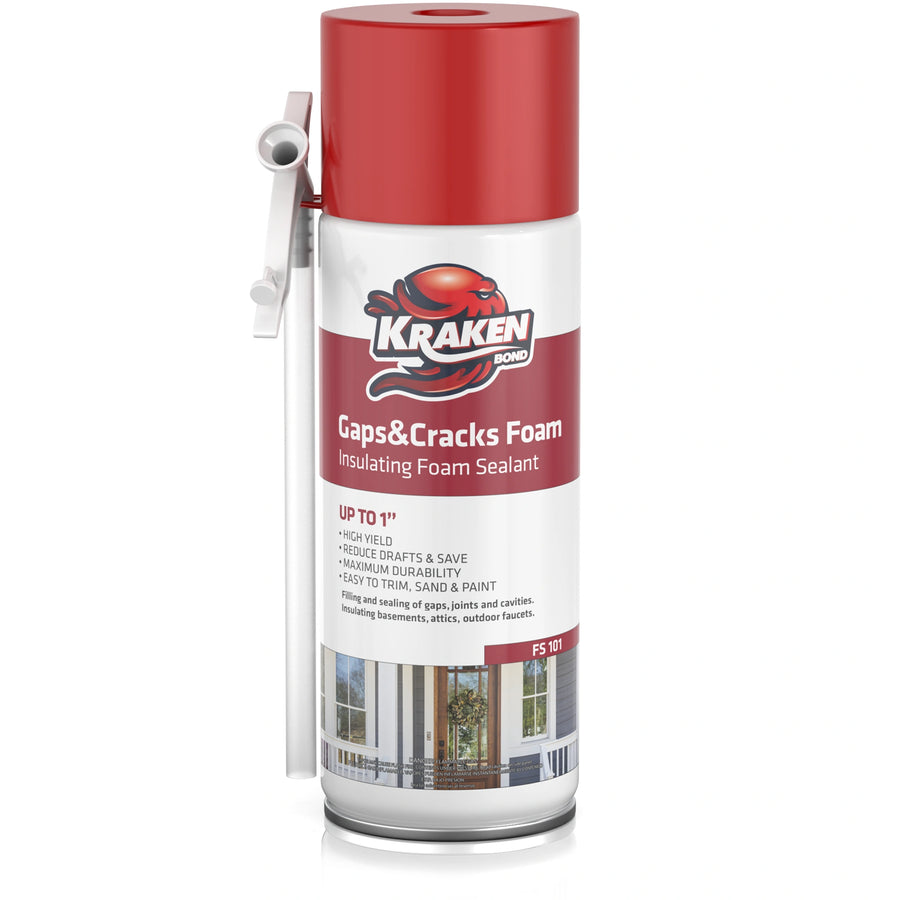
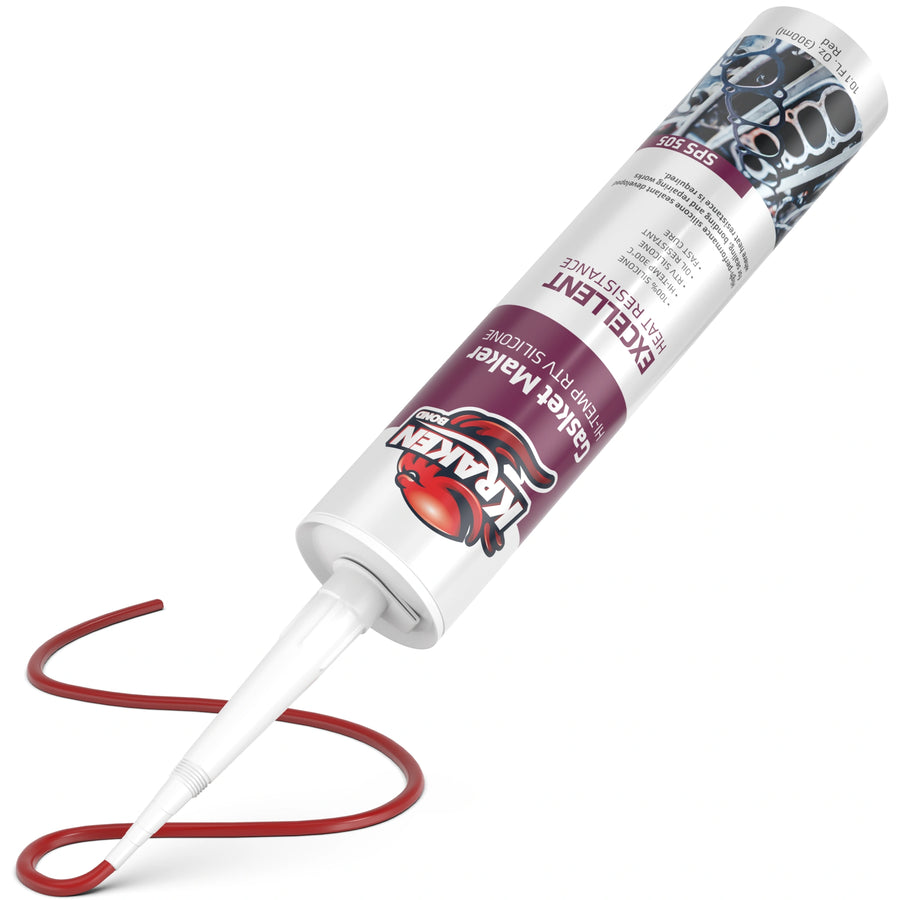
Leave a comment